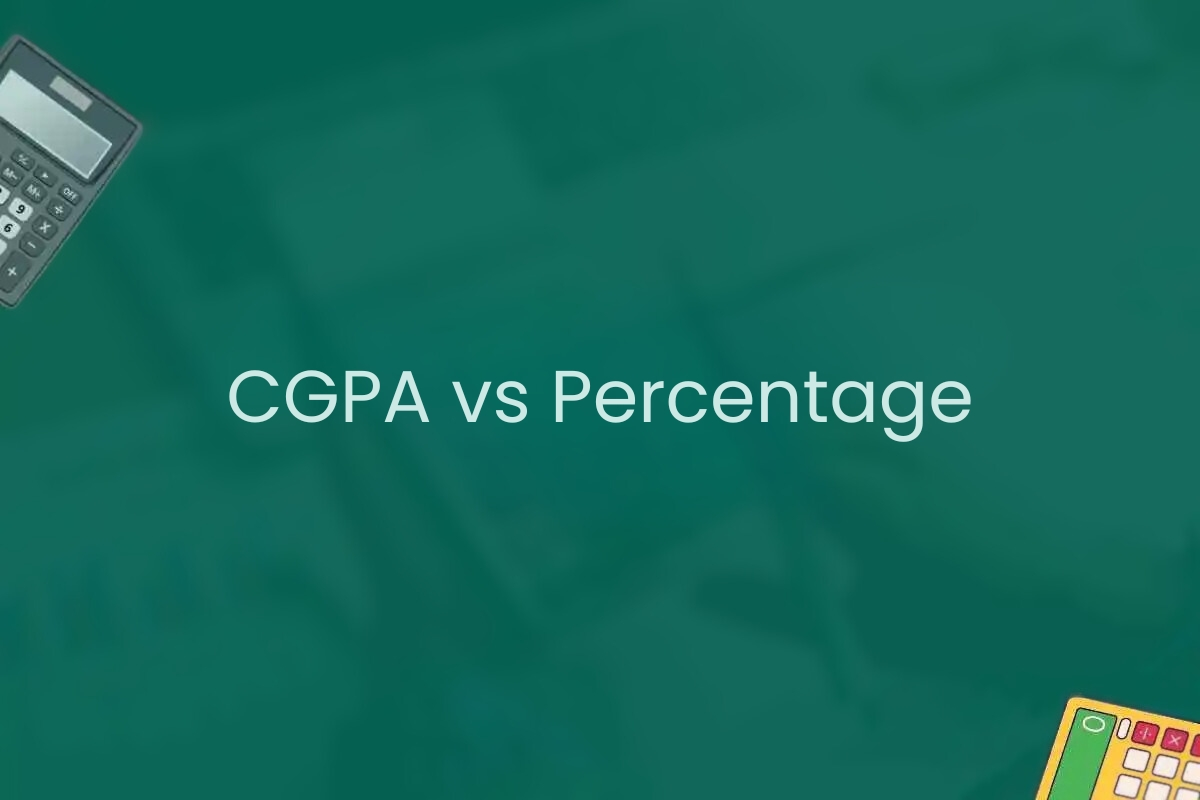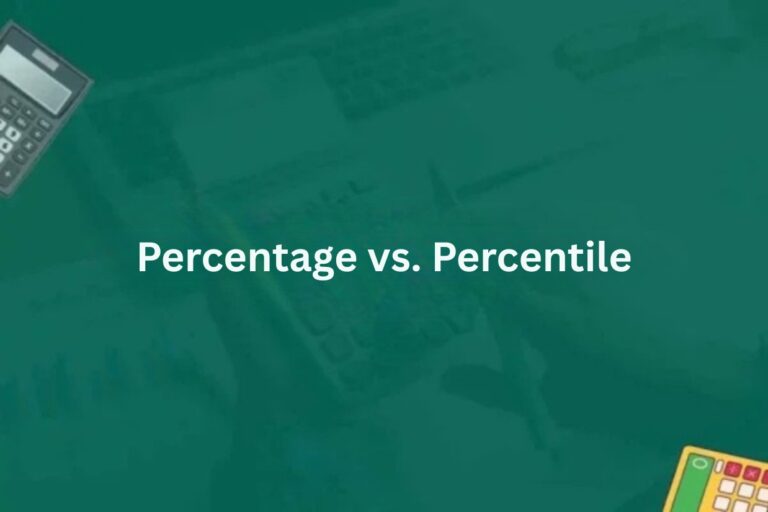CGPA vs Percentage: Understanding the Key Differences

In the academic world, students often encounter two primary grading systems: CGPA (Cumulative Grade Point Average) and Percentage. Understanding the differences between these two systems is crucial for students, especially when applying for higher education or jobs that require a specific grading format. This article aims to clarify the distinctions, conversion methods, and their respective advantages and disadvantages.
Most Use Calculator
What is CGPA?
CGPA stands for Cumulative Grade Point Average. It is a grading system commonly used in educational institutions worldwide to evaluate a student’s overall academic performance. CGPA is calculated on a scale of 10, 4, or any other scale defined by the institution.
How to Calculate CGPA:
CGPA = (Total Grade Points Earned) / (Total Credit Hours)What is Percentage?
Percentage is a traditional grading system where the marks obtained by a student are represented as a percentage of the total marks.
How to Calculate Percentage:
Percentage = (Marks Obtained / Total Marks) x 100Key Differences Between CGPA and Percentage
| Aspect | CGPA | Percentage |
|---|---|---|
| Grading Scale | Usually on a scale of 10 or 4 | Based on 100% |
| Evaluation Method | Average of grade points | Direct calculation of marks |
| Precision | Standardizes performance | Varies based on the examiner |
| Global Recognition | Widely accepted in international universities | Common in local education systems |
CGPA to Percentage Conversion
For conversion of CGPA to Percentage use can use our CGPA to percentage calculator. Many universities provide a standard conversion formula. A common method is:
Percentage = CGPA x 9.5However, this may vary depending on the institution’s guidelines.
Advantages and Disadvantages
CGPA Advantages:
- Reduces competition stress.
- Focuses on consistent performance.
- Widely accepted in global institutions.
CGPA Disadvantages:
- May not reflect precise performance.
- Different conversion methods across institutions.
Percentage Advantages:
- Clear and straightforward.
- Easy for employers and institutions to understand.
Percentage Disadvantages:
- Can increase pressure on students.
- May not reflect overall learning progress.
Which is Better for Higher Education and Jobs?
- For international universities, CGPA is often preferred.
- For government jobs or competitive exams in countries like India and Pakistan, percentage-based systems are more common.
Frequent Ask Question (FAQs)
Can CGPA be converted to percentage accurately?
Yes, but the conversion formula may vary by institution.
Which is more accepted globally?
CGPA is more widely accepted in international universities.
Is CGPA better than percentage?
It depends on the context and the institution’s grading preference.
Conclusion
Both CGPA and Percentage systems have their own merits and limitations. Understanding their differences and conversion methods can help students make informed decisions when applying for higher studies or job opportunities.





